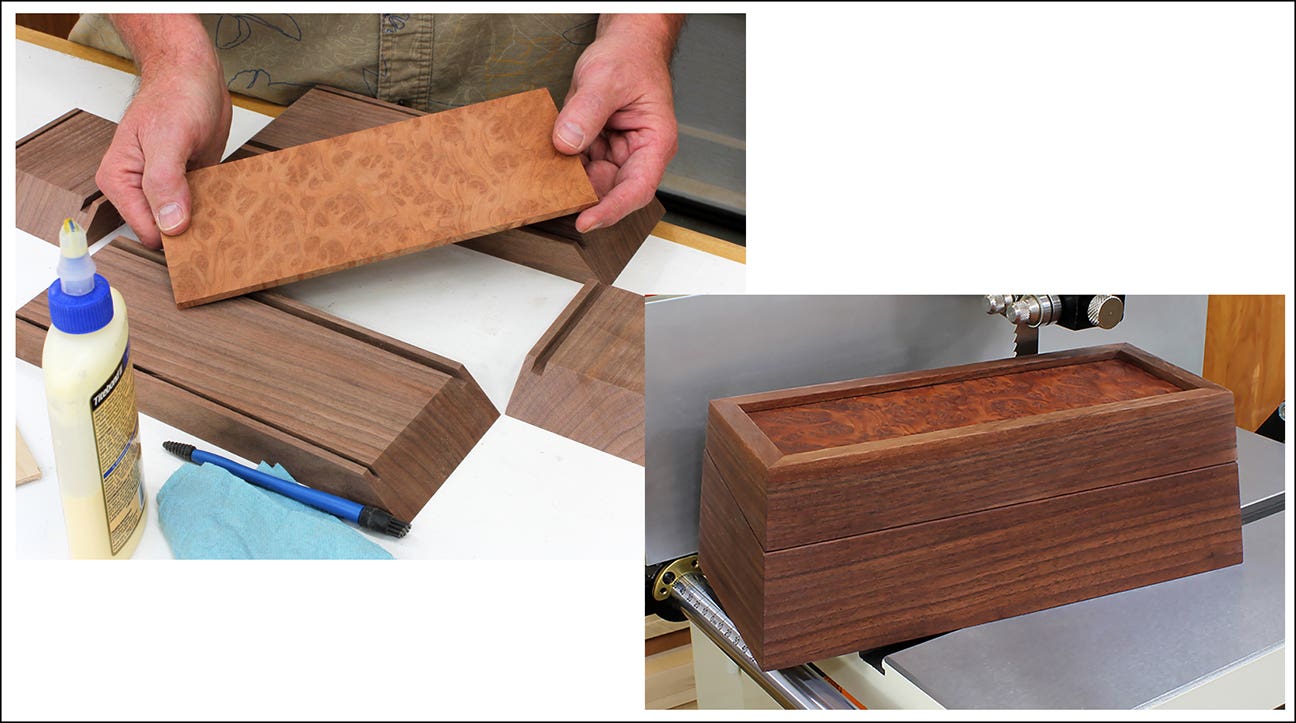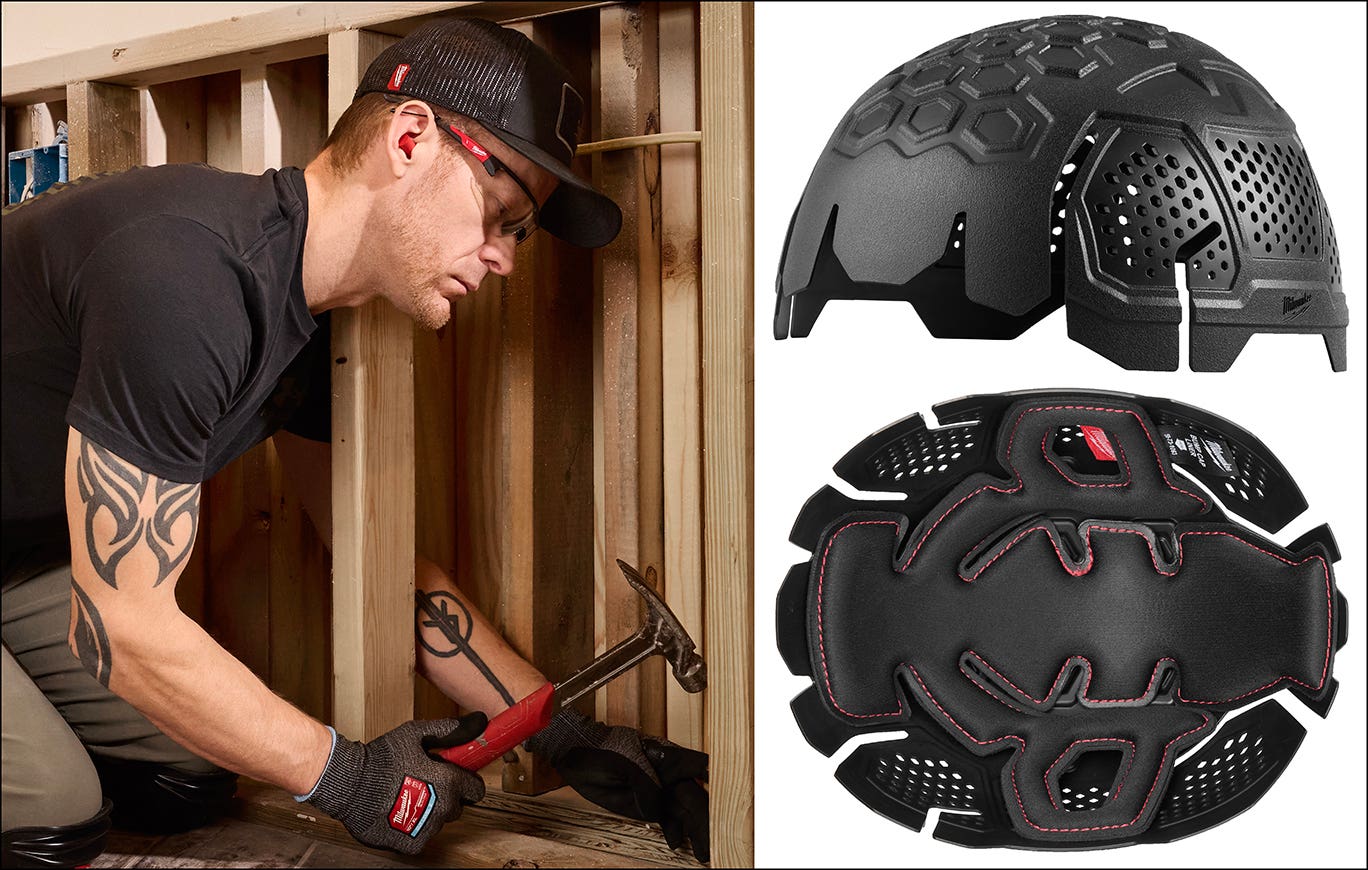Successful communicating relies on all of us meaning the same thing with the words we use. Here are the core terms in finishing you should be familiar with:
Finish is a substance that changes from a liquid to a solid after it’s applied to the wood. The purpose of a finish is to protect the wood and enhance its appearance. By adding colorant to a finish (called a binder in this situation), you can make a stain, glaze, toner or paint.
Film finish is any finish that can be built (by repeated applications) to a hard, thick layer, or layers, on top of the wood. The key requirement for a film finish is that it must dry hard. Alkyd and polyurethane varnish, shellac, several types of lacquer, water-based finish and various two-part high-performance finishes are all film finishes. Wax and any finish that contains mixed-in rather than cooked-in oil cannot be a film finish, because wax and oil dry too soft to be functional in any thickness.
Penetrating finish is a somewhat misleading term used to designate linseed and tung oil that don’t dry hard, so they can’t be built up to a functional film. The misleading part is that all finishes penetrate. Nevertheless, “penetrating” is the term most commonly used for oil finishes.
Sealer is the first coat of any finish. The first coat penetrates, dries, and seals the pores so the next coat of finish (or any other liquid) has difficulty going through to the wood. The sealer coat also locks raised wood fibers in an up-right position causing the surface to feel rough. To achieve a smooth final finish, you should sand the sealer coat smooth before applying additional coats. Special sanding sealers are made for alkyd varnish and nitrocellulose lacquer that gum up sandpaper when sanded. Sanding sealers powder when sanded. But sanding sealers weaken the toughness and water-resistance of the total film build, so you shouldn’t use more than necessary for easy sanding.
Washcoat is a highly thinned coat of any finish. It is used to partially seal the wood, or to form a barrier between two potentially interfering layers of color. A washcoat reduces uneven staining on raw wood by limiting stain penetration into highly porous areas such as end grain, swirly grain and areas surrounding knots. A washcoat also prevents stain, glaze, and pore-filler colors from running together while adding only a minimum of film thickness.
Thinner (mineral spirits, naphtha, lacquer thinner, alcohol, water) is any evaporating liquid that can be used to thin a finish, stain, glaze or pore filler so it can be applied with a brush, cloth or spray gun.
Solvent (mineral spirits, naththa, lacquer thinner, alcohol, water) is any evaporating liquid that will dissolve a dried finish, stain, glaze or pore filler. Often a solvent for a dried stain or finish is also the thinner for that stain or finish in liquid form.
Sheen is the degree of gloss in a dried finish. Most film finishes dry to a gloss sheen unless they have flatting agents (gloss-reducing solid particles) added. Semi-gloss, satin and flat varnishes, lacquers, and water-based finishes have had flatting agents added. These finishes must be stirred before use to put the flatting agents into suspension.
Stain changes the color, tone and/or shade of wood. There are two kinds of colorant used in stains: pigment and dye. Pigment particles are opaque and resemble colored earth. They settle to the bottom of the can and must be stirred into suspension before using. Applied to wood, pigment lodges in cavities, such as pores and sanding scratches, large enough to hold it. Built up on wood, pigment obscures the wood like paint. To glue the pigment particles to the wood, a binder (oil, varnish, lacquer or water-based finish) must be included in the stain. Dye is transparent. It dissolves in a specified liquid. Once dissolved, dye remains in solution. Applied directly to wood, dye penetrates into the wood and thus doesn’t need a binder. Some commercial stains contain both pigment and dye.
Glaze is pigment stain with a higher ratio of binder (varnish or water-based finish) to pigment, so increased thickness is possible. A glaze is thick enough to stay where you put it on a vertical surface. You can use a glaze to darken or change the color tone of wood after the wood has been sealed. You can leave a glaze in the recesses of carvings, turnings and moldings to give the appearance of age and greater depth. You can feather out a glaze to highlight certain areas, like the centers of cabinet doors. Or, using special glazing tools, you can make patterns in a glaze that resemble wood grain or marble. When the glaze is dry, protect it from being scratched off by applying one or more coats of a clear, film finish.
Pore filler is essentially a glaze with silica (similar to fine sand) added to provide bulk. Pore filler is used to produce a mirror-flat effect by filling the pores of porous woods such as quarter-sawn oak, mahogany and walnut before the application of a film finish. Pore filler won’t take stain well once it has dried, so pigment should be added before application. You can apply pore filler directly to raw wood to fill and stain in one operation, or you can apply a different color filler to a sealed (and stained) surface to highlight the pores.
Toner is finish with dye or pigment added and thinned with up to six parts thinner. Toner adds color in very thin layers without penetrating into the wood. Toner can be used to change or adjust a color after the wood has been sealed but under a topcoat.
Shading stain is a toner used to change or adjust the color of certain parts of wood without affecting other parts. Shading stains can be used to match sapwood to heartwood and to highlight certain parts, such as the centers of cabinet doors, by darkening the surrounding areas.
Rubbing and polishing is the procedure used to level the surface of the final coat of finish and raise or lower the sheen. Various abrasives, including fine sandpaper, steel wool, abrasive pads and rubbing compounds, are used. Sandpaper removes dust nibs, orange peel, brush marks and other imperfections in the surface. Steel wool, abrasive pads and rubbing compounds (fine abrasive powders in a liquid or paste) raise or lower the sheen.
Bob Flexner is author of “Understanding Wood Finishing” and “Flexner on Finishing.”






